When customers have endless choices, how can your brand stand out from competitors? Omnichannel customer service is the key.
Imagine driving on a busy highway that’s suddenly down to one lane during rush hour. Frustrating, right? That’s what it feels like for customers when they lack options to connect with your business for support.
Customer experiences (CX) need to be convenient and effortless. They might initiate the interaction on social media, continue it via email, and conclude with a phone call. Regardless of the channel, the context and information should flow seamlessly among touchpoints until a resolution is reached.
A five-lane highway — that’s omnichannel customer service.
Let’s explore what omnichannel customer service is, learn how it benefits both your customers and your business, and review the best practices for implementing this strategy.
Take the AI Maturity Assessment
In just 5 minutes, get your personalized score and recommendations to move forward with AI.
What Is Omnichannel Customer Service?
A customer gets frustrated when trying to return a product online. They contact live chat, get stuck halfway through, and then have to abandon the process. Later, they call support and have to repeat every detail. This disconnected experience disrupts the flow and erodes trust in the brand, affecting customer engagement.
Omnichannel customer service solves this by keeping the entire conversation connected across platforms. It’s a customer-centric strategy that ties all communication channels, like email, chat, social media, WhatsApp, and phone, into one continuous, integrated conversation. Customers can switch between different digital channels without having to repeat themselves.
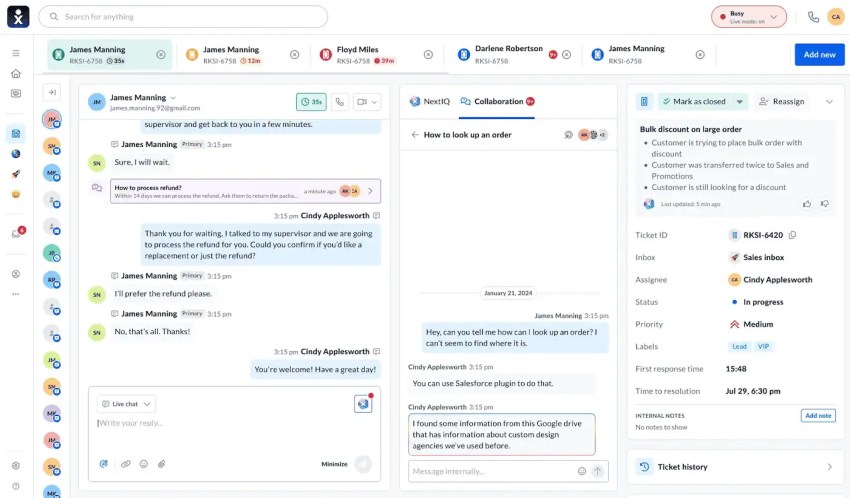
Each interaction, no matter where it happens, contributes to a unified omnichannel customer experience. This means customer service agents have full visibility into past customer interactions to deliver informed and personalized support. The support team can provide a consistent experience that adapts to customer needs in real-time.
Businesses that adopt omnichannel service see higher customer retention, stronger brand loyalty, and lower support costs through streamlined interactions. While it may require integrating tools like customer relationship management (CRM) or communication platforms, it pays off with a smooth, customer-focused experience that enhances the user experience.
Omnichannel vs. Multichannel Customer Service
First, let’s clear up a common misconception of multichannel vs. omnichannel customer service.
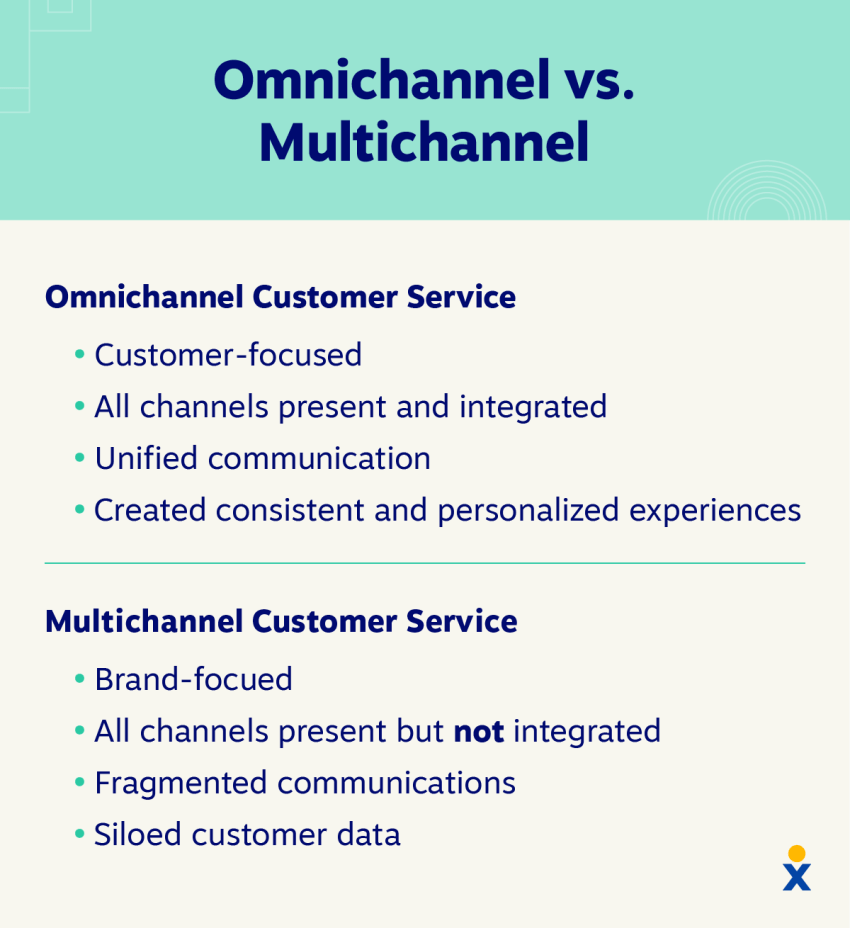
What is multichannel customer service?
Multichannel support means your business offers customer service on more than one channel. You might have a phone number, an email address, and a Facebook page. While this provides customers with various options, these channels operate in silos.
Think of them as parallel roads that run side by side but never connect. A conversation started on one channel doesn’t carry over to another, so the customer has to start over every time they switch channels, leading to longer response times and frustration.
What is omnichannel customer service?
Omnichannel customer service connects individual communication channels into a unified platform. It integrates all touchpoints, creating continuous communication that accompanies the customer everywhere.
In an omnichannel model, a customer service agent handling a phone call can view yesterday’s live chat transcript and the email the customer sent last week. The focus shifts from mere multichannel availability to a seamless experience across all channels, supported by advanced customer service software.
To make the difference clear, here is a side-by-side comparison:
| Feature | Multichannel | Omnichannel |
|---|---|---|
| Focus | Channel-centric | Customer-centric |
| Customer experience | Disjointed, siloed | Optimized, consistent |
| Data integration | Channels operate independently | Data is unified and shared |
| Agent perspective | Limited view of interactions | 360-degree customer view |
Multichannel focuses on channels, while omnichannel focuses on the customer. This shift from isolated systems to an integrated ecosystem helps eliminate friction and offer the straightforward customer support that customers expect, particularly in e-commerce environments where customer service experience directly impacts sales.
Why Your Business Needs Omnichannel Customer Support: 6 Telltale Signs
Not sure if your business needs omnichannel support? If you recognize any of these common issues, it’s a clear sign that it’s time for a change.
- Customers complain about repeating themselves: When customers have to re-explain their issue every time they switch channels, it’s a clear sign that your system isn’t integrated and customer interactions aren’t being properly tracked.
- Customer satisfaction scores are declining: Customers want fast, personalized service, no matter how they reach out. If your current setup isn’t meeting these growing expectations with improved response times, your scores will reflect it.
- You’re losing to competitors with better service: When satisfaction scores are dropping or there’s an uptick in unresolved issues, customers will look elsewhere. A smooth omnichannel experience is a differentiator that prevents churn.
- Your team is juggling multiple channels: If your customer service team is juggling separate inboxes and platforms for phone, email, social media, and live chat, it can quickly become overwhelming to manage these interactions effectively.
- Your customer data is scattered and siloed: If your customer information is scattered across different systems, it becomes tough to provide personalized support and understand the customer’s complete journey across all touchpoints.
- You struggle to keep track of customer history: If you’re finding it difficult to keep tabs on customer preferences, purchase history, or past interactions, it’s a direct result of siloed data and a clear signal for a unified system that can streamline operations.
The Key Benefits of an Omnichannel Support Strategy
There are many benefits of omnichannel customer service for both businesses and customers. Let’s look at the key ones:

For your customers
The omnichannel approach puts customers at the center and provides the effortless experience they expect.
Simplified customer experience
Customers can start a conversation on live chat, follow up via email, and conclude with a phone call — all without repeating themselves. The context moves with them, creating one continuous, hassle-free dialogue that enhances customer engagement.
Faster resolutions and less frustration
With a complete view of a customer’s history at their fingertips, agents can diagnose complex issues and find solutions in record time. This eliminates the dreaded runaround and the frustration of starting from scratch with each new interaction, significantly improving response times.
Hyper-personalized service
When customer service agents know a customer’s purchase history, past inquiries, and preferences, they can deliver personalized support that feels personal, not transactional. Customers feel understood and valued, not like just another ticket number.
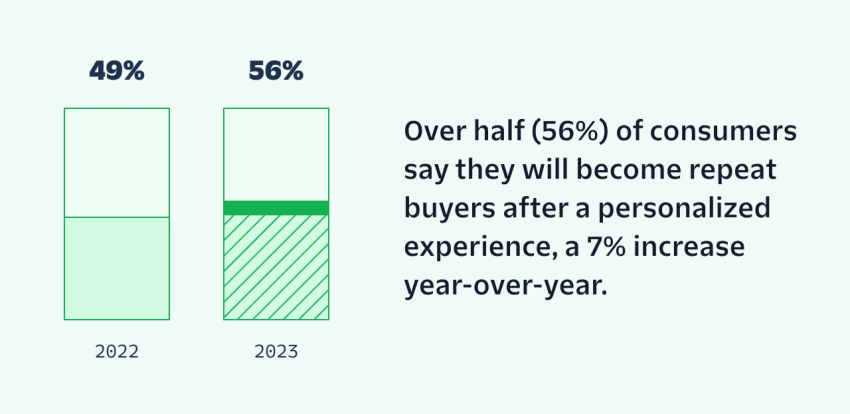
More convenience
Whether they prefer a quick text, a detailed email, or a direct phone call, customers have the freedom to connect with your business on the channel that best suits their needs at that exact moment, creating a smooth experience.
Increased trust and transparency
When every agent is on the same page, it builds immense confidence. Customers trust that your business is organized and capable of handling their concerns effectively, strengthening their relationship with your brand through consistent experience delivery.
For your business
The positive effects of a great customer service experience ripple directly to your bottom line and operational efficiency.
Improved customer retention and loyalty
Happy customers stick around. Businesses with strong omnichannel strategies retain an average of 89% of their customers, compared to just 33% for those with weak strategies (Aberdeen Group Inc). A positive customer experience turns one-time buyers into loyal brand advocates, reducing churn significantly.
Increased sales and higher conversion rates
Friction is a conversion killer, especially in e-commerce. By making it easy for customers to get answers and resolve issues — for instance, switching from a product page to a quick live chat — you remove roadblocks in the customer journey, leading to fewer abandoned carts and more sales.
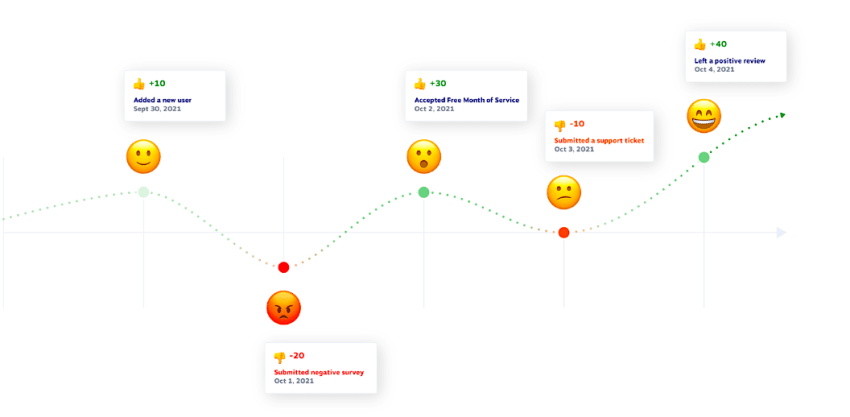
Greater agent productivity and efficiency
Supporting your customer service team with unified tools and complete customer context allows them to resolve issues faster and handle more inquiries. This not only cuts operational costs but also improves the agent experience and morale and reduces turnover in your call center operations.
Enhanced brand reputation
A reputation for stellar service is priceless, especially when over 30% of customers would leave a brand they love after just one bad experience (PwC). Omnichannel customer service improves your brand image, your net promoter score (NPS), and makes you the clear choice over competitors.

Valuable, data-driven insights
An omnichannel platform captures a wealth of data on customer behavior, preferences, and problems across the entire lifecycle. Businesses get better context to make informed decisions and optimize their services, products, and marketing efforts, including pricing strategies based on customer interactions.
How To Implement an Omnichannel Strategy
A strong omnichannel customer service strategy takes smart planning, the right technology, and proactive execution. Here’s how to get started:
1. Map your customer journey
Map every customer touchpoint, from browsing your website to post-purchase follow-ups. Use feedback, analytics, and support logs to uncover pain points and opportunities. Work with teams across sales, support, and marketing to get a full picture and identify gaps in the customer journey, paying special attention to how customer needs evolve at each stage.

2. Unify your tech stack
An omnichannel strategy is powered by connected data. Break down internal silos by integrating your key systems: CRM, helpdesk, VoIP system, and live chat. Choose unified communication platforms with open APIs or native integrations to create a single source of truth for all customer profiles, conversations, and purchase history.
Popular customer service software options like Zendesk can help streamline this process. When your tech stack works in sync, you eliminate data fragmentation and give agents instant access to the full context they need, while also enabling automated notifications to keep customers informed.
3. Train and invest in your team
Equip your staff with the right tools and skills to manage conversations across channels. Emphasize active listening, empathy, and the ability to quickly act on past customer interactions. Give support agents the authority to make decisions within their role, so they can deliver a smooth support experience.
Also, consider implementing intelligent virtual or AI agents and bots to handle routine inquiries, letting human agents to focus on complex issues. Continuous training keeps them in sync with new tools and customer expectations.
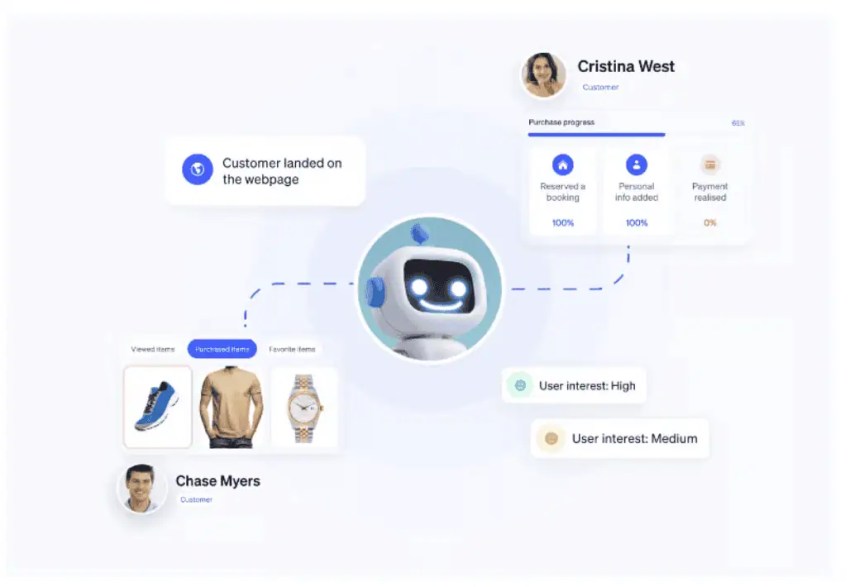
4. Start small and prioritize
Avoid launching on every channel at once. Use customer data and support ticket analysis to identify the top 2-3 digital channels your audience uses most. Focus on perfecting the experience there before expanding. This phased approach lowers risk, gives your team time to fine-tune processes, and ensures each new channel improves the experience rather than adding complexity.
5. Measure, analyze, and iterate
Track customer service metrics and key performance indicators (KPIs) like first call resolution and customer satisfaction score to understand what’s working. Use this data to optimize your strategy over time and improve customer engagement. Establish a regular rhythm for reviewing metrics with your team — collecting data is only valuable when it leads to concrete steps that improve customer service quality and reduce response times.
Key Technologies and Tools for Omnichannel Success
Technology powers every aspect of a high-performing omnichannel strategy. Here are some key tools to consider for your omnichannel contact center.
- Omnichannel contact center software: Consolidates customer interactions from phone, email, chat, and social media into a single interface so agents can access prior conversations and maintain context across all digital channels.
- Customer relationship management (CRM) integrations: Connects sales, marketing, and support with key data like purchase history and preferences for a more personalized experience, enabling better customer engagement and pricing optimization.
- AI chatbots and intelligent virtual assistants (IVAs): Automate common requests like order tracking and FAQs, reducing agent workload while delivering quick, 24/7 support. These bots can handle routine customer interactions while escalating complex issues to human agents.
- Analytics and reporting platforms: Monitor service metrics like resolution time and ticket volume, turning raw data into actionable insights to guide improvements in response times and overall support experience.
- Internal communication platforms: Tools like Slack and Microsoft Teams enable strong teamwork, allowing the support team to collaborate and escalate issues in real time to provide customers with timely, accurate answers and maintain a consistent experience.

Examples and Use Cases of Omnichannel Customer Service
Businesses across industries can improve customer experience and internal operations using omnichannel communication solutions that enhance customer engagement and streamline operations.
Believe, Ltd. needed an omnichannel customer support platform that could unify communications across its four global brands. Their legacy customer support system couldn’t meet their business needs, causing delays, manual ticket processing, and inaccurate data that affected customer interactions.
Switching to Nextiva’s platform helped streamline their operations by consolidating over 50 support channels into one central dashboard, automating responses with intelligent bots, and prioritizing complex issues. This improved productivity enabled 24/7 customer support and allowed the customer service team to focus on delivering exceptional customer experiences with faster response times.
Several well-known brands also show how powerful omnichannel strategies can be in improving customer engagement and user experience.
- Starbucks offers a customer-facing example. Its mobile app connects flawlessly with the in-store experience. Customers can order ahead, pay, earn rewards, and receive tailored offers across every touchpoint, creating a seamless experience that drives e-commerce integration with physical locations.
- Disney takes this further by combining digital planning with physical experiences. The app helps plan trips, and at the park, the MagicBand acts as a key, ticket, and wallet — all connected to a single account that tracks customer interactions and provides personalized support throughout the entire experience.
- Zappos, meanwhile, is known for its responsive, people-first support across channels, supporting agents to do what feels right without scripts, which builds immense customer trust and demonstrates the benefits of omnichannel customer service in action.
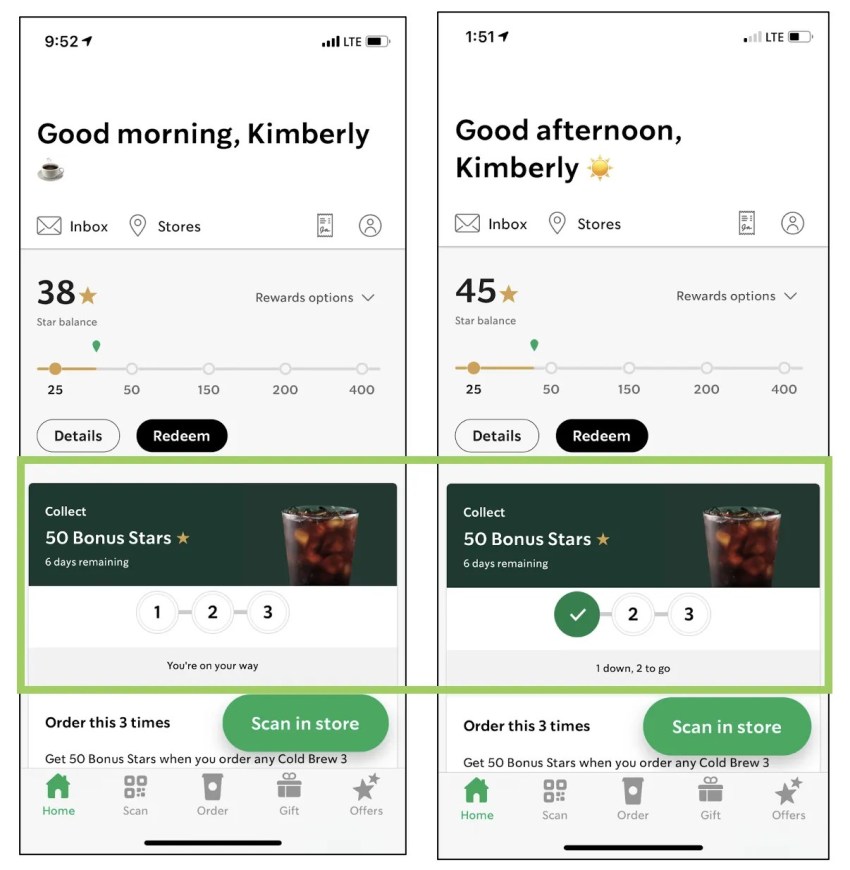
Measuring Your Omnichannel Customer Service’s Success
Businesses must track performance using clear metrics that show both effectiveness and customer satisfaction, helping to reduce churn and improve customer engagement.
First contact resolution (FCR)
Measures the percentage of issues resolved during the first interaction, regardless of the channel. A high FCR means customers don’t need to repeat themselves or contact support again, leading to better customer interactions and improved response times. It improves satisfaction and reduces operational costs.
⭐ How to calculate FCR: (Number of issues resolved on first contact ÷ Total issues) × 100
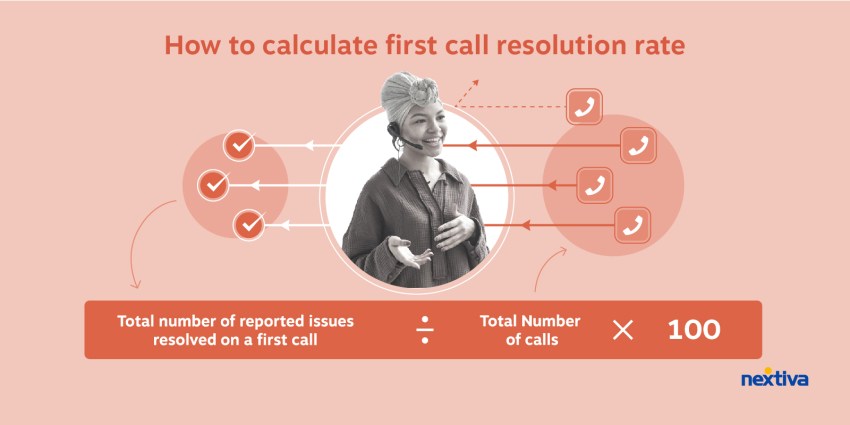
Average resolution time (ART)
Tracks how long it takes to fully resolve a customer issue from initial contact to resolution. It shows how quickly and effectively your customer service team responds. Shorter resolution times indicate better internal coordination and smoother workflows, contributing to a better support experience.
⭐ How to calculate ART: (Total resolution time ÷ Number of resolved tickets)
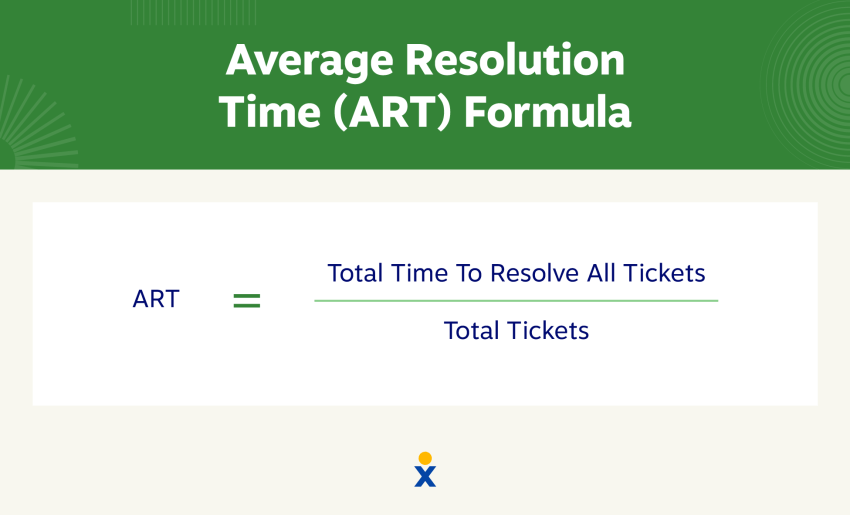
Customer satisfaction (CSAT)
Captures how satisfied customers are after an interaction. It’s measured through post-contact surveys using a rating scale, often delivered via notifications. CSAT highlights whether your team is meeting customer needs at each touchpoint and achieving increased customer satisfaction through consistent experience delivery.
⭐ How to calculate CSAT: (Number of satisfied responses ÷ Total responses) × 100
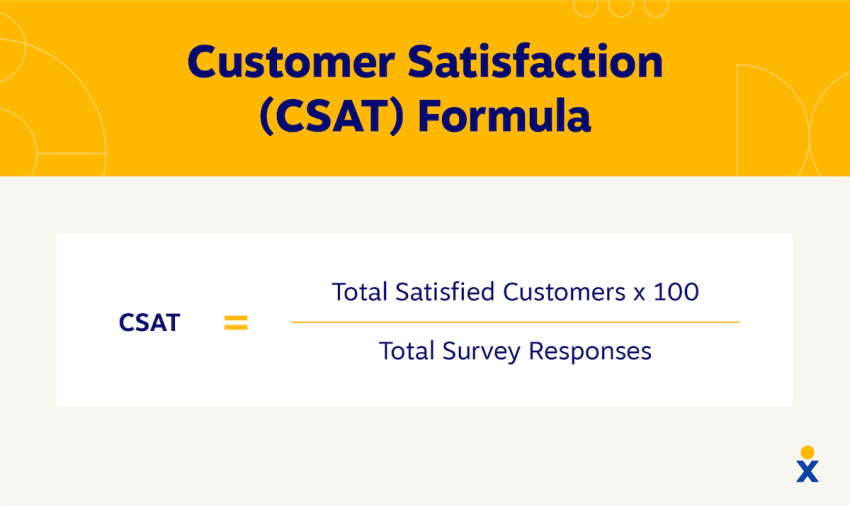
Net promoter score (NPS)
Assesses customer loyalty and willingness to recommend your brand. NPS asks one key question: “How likely are you to recommend us?” It offers a big-picture view of your brand’s reputation and emotional connection with customers, incorporating valuable customer feedback and helping predict churn rates.
⭐ How to calculate NPS: % Promoters (score 9–10) − % Detractors (score 0–6)
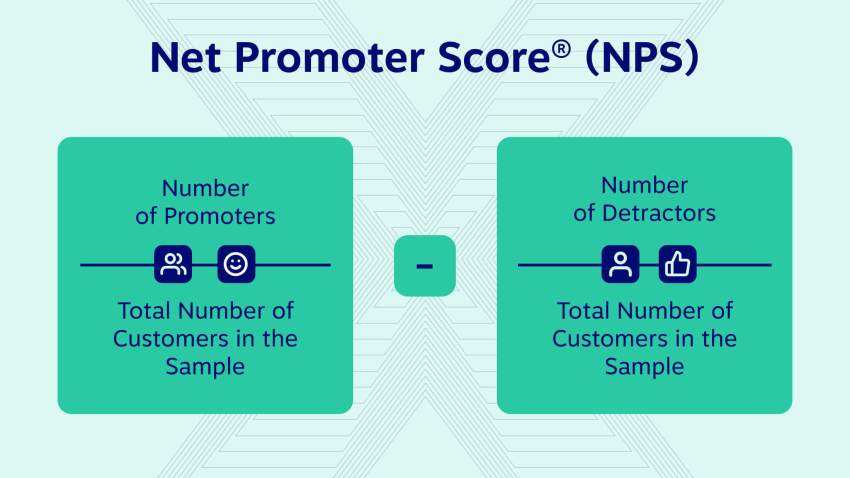
Channel volume and usage
This metric reveals which digital channels customers use most and how they move between them. Tracking this helps allocate resources wisely, optimize staffing or technology for the most active channels, and spot any friction during channel handoffs. Optimized routing strategies can be developed based on these insights to improve customer engagement.
Monitoring these KPIs gives businesses a clear picture of how their omnichannel strategy performs. It highlights what’s working, what needs attention, and where to improve for long-term loyalty and growth while meeting evolving customer needs.
Unify Your Service, Delight Your Customers
Customer service has evolved from a simple support function to the core of the customer experience. Omnichannel customer service is no longer a futuristic option, but the new standard for meeting customer expectations. It’s about creating unified, continuous communication that works consistently across communication channels and makes customers feel heard, valued, and understood.
By breaking down internal silos and unifying your technology, you can overcome fragmented interactions and create the experience your customers desire. You’ll benefit from not only increased satisfaction and loyalty but also greater efficiency and better business outcomes.
Nextiva’s AI-powered contact center solutions can help you consolidate your support channels, gain valuable insights, and personalize the customer journey. Let Nextiva help you unlock the full potential of omnichannel customer service today.
Surprise and delight customers.
Turn good customer experience into exceptional customer experience with Nextiva.
Omnichannel Customer Service FAQs
If you want to dive deeper into the world of omnichannel support, look no further. Here are some answers to frequently asked questions.
Omnichannel support encompasses various channels where customers can reach you, such as email, live chat on your website, social media messaging platforms, SMS text messaging, and even self-service options like knowledge bases and FAQs.
The four C’s of omnichannel customer support serve as a guiding principle for a successful strategy. They are:
🔹 Context: Understanding the customer’s situation and past interactions across all channels.
🔹 Channel: Providing a seamless and consistent experience across all touchpoints.
🔹 Content: Delivering the right information at the right time through the right channel.
🔹 Continuity: Ensuring a smooth flow of communication regardless of channel transitions.
Several companies have mastered the art of omnichannel customer experiences. Here are a few examples:
🔹 Nextiva: Trusted by businesses of all sizes and industries, including billion-dollar sports franchises like the San Antonio Spurs. Nextiva’s omnichannel support software makes providing exceptional customer support across channels easy.
🔹 Zappos: The gold standard for stellar customer service experiences, Zappos provides proactive customer support and empowers agents to handle inquiries across all channels, offering personalized and flexible support.

















 Customer Experience
Customer Experience 








